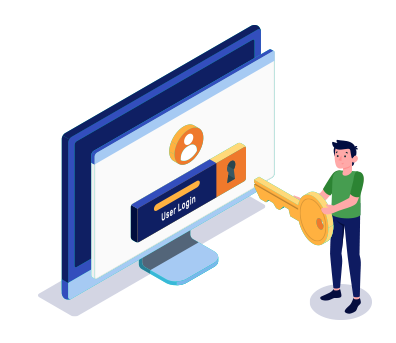Latest news & updates from us

Valuations within the Indian equity markets have turned expensive. The Nifty 50 is currently trading at a PE of 24.43, way above its long-term average. The Nifty Midcap 50 is trading at 55.22, and the Nifty Small cap 50 at 44.21.When valuations are so stretched, there is always the risk that any adverse news from within the country or abroad could cause the markets to tumble.
Here are points you can follow that will help you to navigate your way safely towards your goals in these markets.
One more point to keep in mind regarding SIPs is that if you are using them to meet long-term goals, such as your child’s education or your own retirement, you should not stop them because the markets are expensive. If you do so, you may not be able to achieve these goals.
Even in these times investors need to build a diversified portfolio, which means that they should have investments in equities, debt and gold (and also real estate). This will ensure that in the event of a market correction, the fall in the value of their portfolio is not very steep. To decide on their equity allocation, they can use the simple formula of 100 less age. So, an investor who is 30 years old can take a 70 per cent allocation to equities. If he feels that 70 per cent allocation is too little or too high, he can tweak the allocation a little, depending on his risk appetite (higher allocation if he has the risk appetite and lower if he doesn’t). The balance 30 per cent can be invested in fixed income and gold (in 20:10 ratio). While a diversified portfolio will rise less than a pure-equity portfolio during a bull run, it will also fall less during a market correction.
Besides inter-asset allocation, you also need to keep intra-asset allocation constant. What does this mean? Perhaps you follow a 70:20:10 allocation to large-cap, mid-cap and small-cap funds. Over the past two-three years, mid- and small-cap stocks have run up far more than large-cap stocks, so the weight of these funds in your portfolio would have increased. Once again, you need to sell a part of your mid- and small-cap fund holdings and buy more of large-caps.
Rebalancing should be done once every six months or one year. If you find doing all this by yourself complicated, take the help of a financial advisor. Finally, if you find selling assets difficult, you can also rebalance by investing fresh money in underperforming assets (instead of selling outperforming assets).
If due to the bull run in the markets, you have achieved a goal faster than you expected to, pull money out of equities and move it into debt, where your capital is safe. The same should be done if you are close to a goal as you don’t want a reversal in the markets to jeopardise your goals. The advantage of such a goal-oriented approach is that one avoids making speculative, short-term bets in the markets.
WORD BOX
Mistakes to avoid in a bull market
Think largecap investing, think Exchange Traded Funds
20 July 2024
How to build a multi-asset portfolio using ETFs
28 June 2024
Factor ETFs: Why you should invest for long-term returns
19 June 2024

Simply fill the details, connect your bank account & upload your documents.
Open An Account
Post a comment